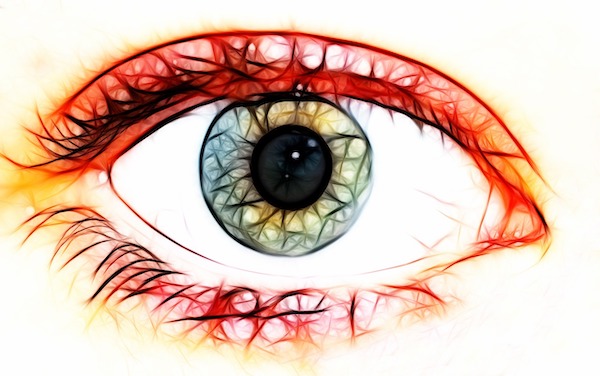Optical pathologies: where are we?

While many visual health campaigns try to warn about the constant evolution of certain optical pathologies , let's take stock of two of them, myopia and AMD.
Optical pathologies: myopia rising sharply!
 @Pixabay [/ caption]
@Pixabay [/ caption]
Myopia currently affects between 20 and 30% of the world's population . It is rising sharply and could reach 50% of the population by 2050.
This increase can be explained by a more urban and dedicated way of life, for most of between us, to a true culture of the image , especially digital. A study has shown that exposure to natural light can reduce the progression of myopia.
It is therefore extremely important to recommend to its customers to have the their children , especially at two stages called "critical" of their career, because myopia often appears there: entry into kindergarten and college entrance , where the pace of work and reading intensify. ]
 @PIxabay [/ caption]
@PIxabay [/ caption]
Strong myopia is a degenerative pathology that is characterized by a change in the eyeball and retina . It is constantly evolving and affects nearly 10% of myopic patients. Very dangerous, it is one of the three leading causes of blindness in the world.
If a simple myopia intervenes early, complications can intervene from 40 years and cause atrophies and macular pathologies , cataracts, glaucoma or retinal detachments
recommend, in the event of strong myopia, a very regular follow-up at the ophthalmologist to carry out treatments in time in case of fall of the vision . This drop could be due to the choroidal neo-vessels.
 @PIxabay [/ caption]
@PIxabay [/ caption]
An innovation can also reduce this pathology described as the "evil of the century". This is orthokeratology , a technique that involves wearing a rigid night lens to change the geometry of the cornea.
AMD: Encouraging Innovations
 @Pixabay [/ caption]
@Pixabay [/ caption]
Unlike myopia, age-related macular degeneration (AMD) does not make you blind. But the so-called "precise" vision is made difficult. The causes are multiple. These include: family history, MLA (age-related maculopathy), obesity, tobacco …
To address this, a good lifestyle is essential and we must therefore advocate stopping smoking , which in all cases will be an excellent thing, the practice of regular physical activity , healthy food and good food for the vision ( read our article on diet and vision )
A form of AMD, called "dry" or "atrophic" is the most common (75% of cases). It gradually removes photoreceptors and makes daily activity very difficult. For now, as for the strong myopia, she does not know effective treatment and requires increased surveillance with an ophthalmologist, an orthoptist and an optician.
[= ] The remaining 25% is "wet" AMD . This form is very aggressive and requires individualized treatment within 10 days after diagnosis. This treatment is carried out by injections that are spaced out over time, to cut the manufacturing stimulus of the neo-vessels that are at the origin of the disease.
[Caption id = "attachment_10258" align = "aligncenter" width = "600"]  @PIxabay [/ caption]
@PIxabay [/ caption]
In January 2019, however, a new implant generation achieved its feasibility objectives to preserve residual peripheral vision . A success that can relaunch some hope for patients with AMD
Today, the care of patients is clearly evolving . It is now an entire team of professionals who rely on their skills to enable them to be better advised. However, faced with the evolution of these pathologies, technological advances still struggle to offer safe solutions. They are especially subject to exorbitant costs. Again, patience is required, despite some first excellent results.


